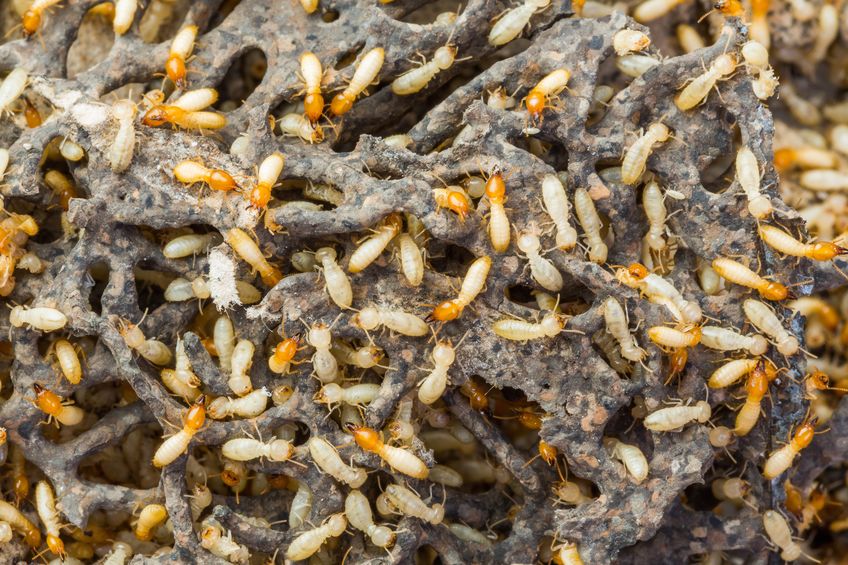The eastern subterranean termite (Reticulitermes flavipes) is the most economically significant termite pest in the US, as this species inflicts more than one billion dollars in structural damage annually in the US. This species is the only termite pest in the Boston area, and its presence in Massachusetts is why officials with the US Department of Agriculture have deemed termite pest activity in the state to be “moderate to heavy.” Professional termite house inspections should be carried out once annually in states that are categorized as having moderate to heavy termite pest activity.
Inspecting homes for a termite presence and termite induced structural damage is a very difficult job, as it requires properly licensed pest control professionals to seek out affected structural wood members in hard-to-access and cramped locations like crawl spaces. In addition to pinpointing active infestations and termite damage, inspectors must also report on conditions that are conducive to termite pest activity, such as moisture buildup from leaking pipes and poorly ventilated crawl spaces, wood debris in yards, and structural wood in contact with the ground soil. The standard tools termite inspectors use during termite inspections include a flashlight, a screwdriver, a bumpcap, knee and elbow pads, and a clipboard for note-taking. While these tools are all that is required for professionals to competently carry out termite inspections, many more sophisticated tools are also available that can make termite detection easier, especially for non-professionals.
Borescopes are fiber optic probes that inspectors insert through drilled holes in walls in order to visually inspect wall voids and other concealed indoor spaces. Borescopes allow inspectors to check for hidden mud tubes and damaged structural wood, but this method is limited by the presence of insulation, which obstructs fiber optic devices. It is also necessary to drill many ¼ to ½ wide holes in walls in order to carry out full inspections using fiber optic probes, which many homeowners do not want. Other types of high tech termite inspection equipment include acoustic emission detectors that amplify the sounds produced by termite activity within walls, methane detectors that pinpoint the gas emitted by termites, and microwave sensing devices.
Have you ever considered buying high tech termite-detection equipment in order to carry out your own amatuer termite inspection?

